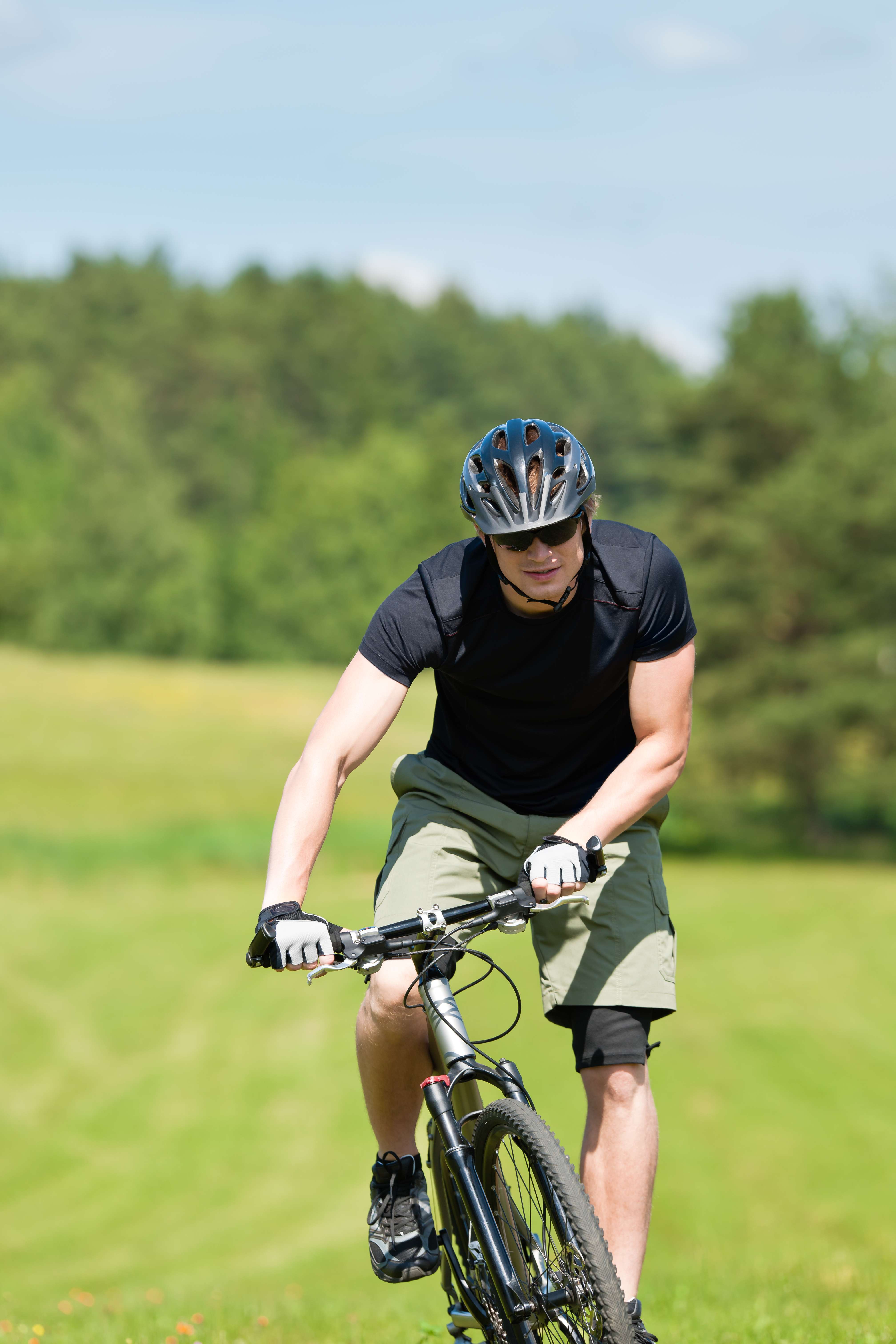Indicators of neck muscle pain when cycling are stiffened muscles that broadens the neck when cycling. Typically, neck muscle pain is affiliated with tautness in the neck, which provokes to constrict the head’s range-of-motion (ROM). Furthermore, neck muscle complications immediately associated to pain is reflective pain elsewhere in the body can be in the arms, head and shoulders.
Some reasons for neck pain while cycling. Maladjusted cycling posture. The upper body declines downward and forward because to grasp the handlebars. Weight draws our head (approximately 10% of body weight) downward. Neck muscles are inproficient of sustaining head weight while sitting or standing upright, but are effective in other positions. Nevertheless, neck muscles aren’t created for protracted support of head weight, horizontally.
When there’s extra compression from neck posturing while cycling consequently they’ll be more tension. To comfort it, neck muscles may stiffen which may fatigue or cause neck pain. Neck pain may not be immediate yet the overburden does gradually amass hence provoking pain.
Strain on the neck. A bicycle crash may also induce neck pain, because muscles support the neck when the body is jolted from the bike collapse. Moreover, a bike rollover, intense cycling or just a basic mountain biking session, might be traumatized because of an abrupt plunge from colliding with rocks. Inexperienced bikers instinctively compress the handlebars that can tighten neck muscles (typically, when biking on an unaccustomed path).
Preventing and assuaging neck pain
Ride upright. Avoid clinching the elbow, rather bend them somewhat for an easier impact to avert neck and shoulder trauma. If there’s hand tension then moderately recline the saddle backward. Be aware of the condition of your shoulders (stiffens, strain, even looseness).
Periodically, analyze your head posture while riding. A prudent diagnosis of posture helps neck muscle elasticity. Posture the neck a couple meters forward to avoid hyper-elongating the neck. Outstretch the neck to peer only when necessary.
Review the size of your bike. Inspect bicycle size and ensure the length of the bike’s upper tube is befitting. Furthermore, adjust the seat’s location yet a preferable approach is using a smaller stem. Uplifting handlebars or employing handlebars with a flatter slope can assist to alleviate the volume of hyper-elasticity in the neck.






